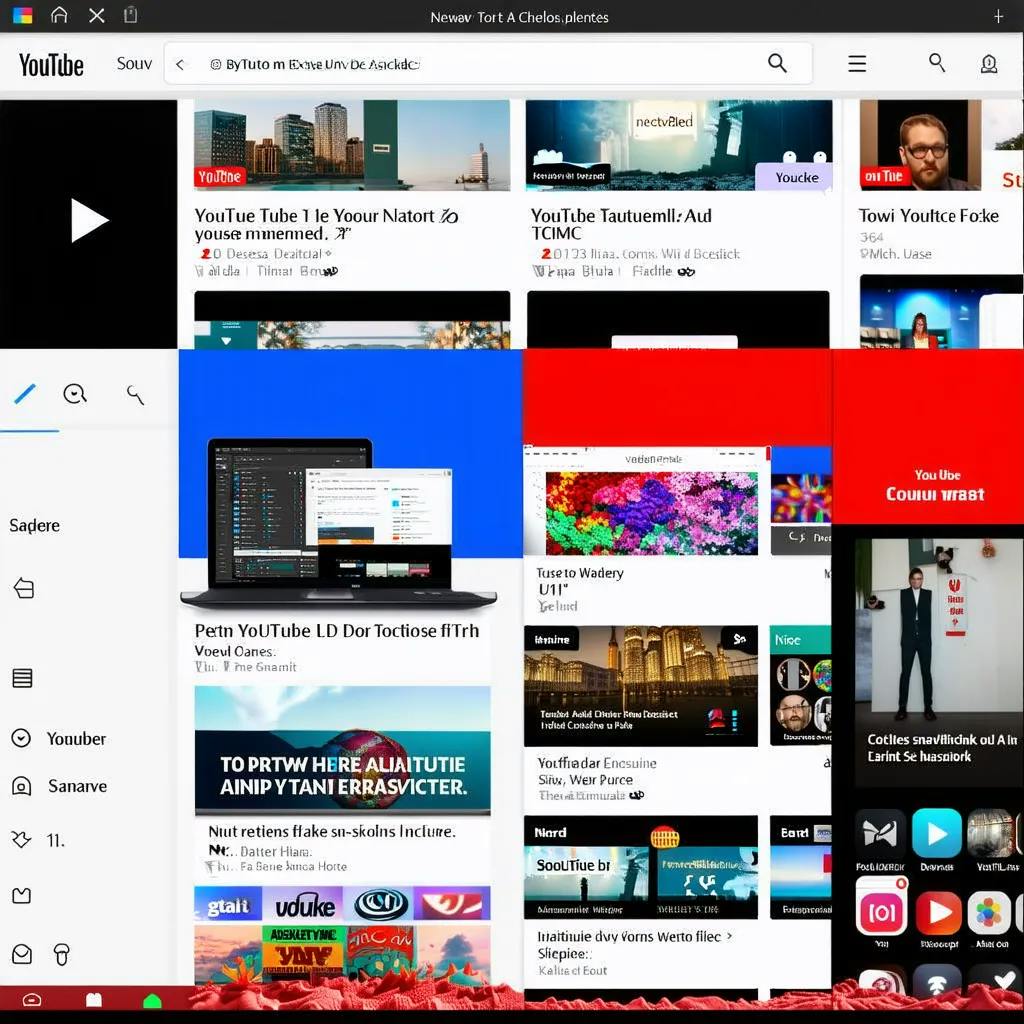Authors:
(1) Tinhinane Medjkoune, Univ. Grenoble Alpes, CNRS, Grenoble INP, LIG France;
(2) Oana Goga, LIX, CNRS, Inria, Ecole Polytechnique, Institut Polytechnique de Paris France;
(3) Juliette Senechal, Université de Lille, CRDP, DReDIS-IRJS France.
Table of Links
Legislation on Advertising to Children
Mechanisms for Targeting Children
Usage of Placement-Based Targeting
Conclusion, Acknowledgements and References
6 LIMITATIONS
Ad explanations correctness One important limitation of our study is that we rely on ad explanations provided by Google to detect the corresponding targeting parameters used by advertisers. As we showed these, explanations are not always an accurate reflection of the targeting parameters. In particular, because we could not fully prove specificity, the fraction of ads targeted using placement-based targeting might be lower if the ad explanation “The video you are watching?” is also given for other types of targeting. While we tested specificity with respect to four types of targeting (themebased, behavioral-based, demographic-based, and general-based), proving complete specificity is hard as even if we could manage to test all the different combinations of targeting parameters offered by ad platforms (which is financially prohibitive in our case), there could still be a theoretical chance, there are parameters outside our control that could trigger this ad explanation. The other problem comes from the fact that Google did not provide the precise targeting parameters on the videos we tested that had a YouTube Kids redirection. Hence, placement-based advertising might even be higher than reported. Nevertheless, we think that the paper’s more long-lasting and meaningful contribution is pinpointing that placement-based targeting can be used to target children and show that the use of placement-based advertising on children-focused videos occurs in practice, irrespective of how prevalent this is.
Ad delivery statistics We also rely on statistics provided by Google to check if our ads were delivered on the videos we asked as placement and if our ads were delivered to audiences with the characteristics we asked for. We think Google does not have any incentives to provide inaccurate statistics as this data is key to businesses deploying ad campaigns on their platform.
Small dataset and representativeness The videos in our children-focused lists are biased toward videos coming from channels recommended by Google, channels that are popular, and videos that are recent. The evaluation is also done over a small dataset that uses only six non-representative browser profiles to watch content. Hence, our results on the prevalence of placement-based advertising are not representative of the fraction of placement-based ads children receive when watching videos on YouTube and should only be seen as evidence that this occurs in practice.
No real data In this study, we did not use data collected from actual children. Such data collection would be much harder to get, as we would need to convince parents to install our tool. In addition, the data collection would pose many more ethical and legal issues. We leave the collection and analysis of such data for future works.
Targeting mechanisms There might be other ways, besides placement-based targeting, to reach children on YouTube, such as keyword-based or theme-based targeting, that we did not investigate. We, again, leave this for future work.
This paper is available on arxiv under CC 4.0 license.

